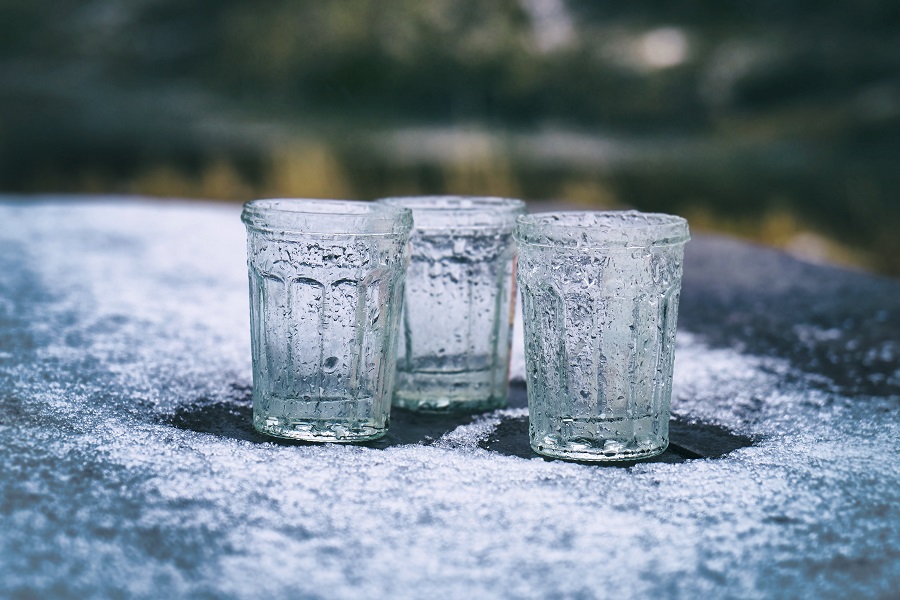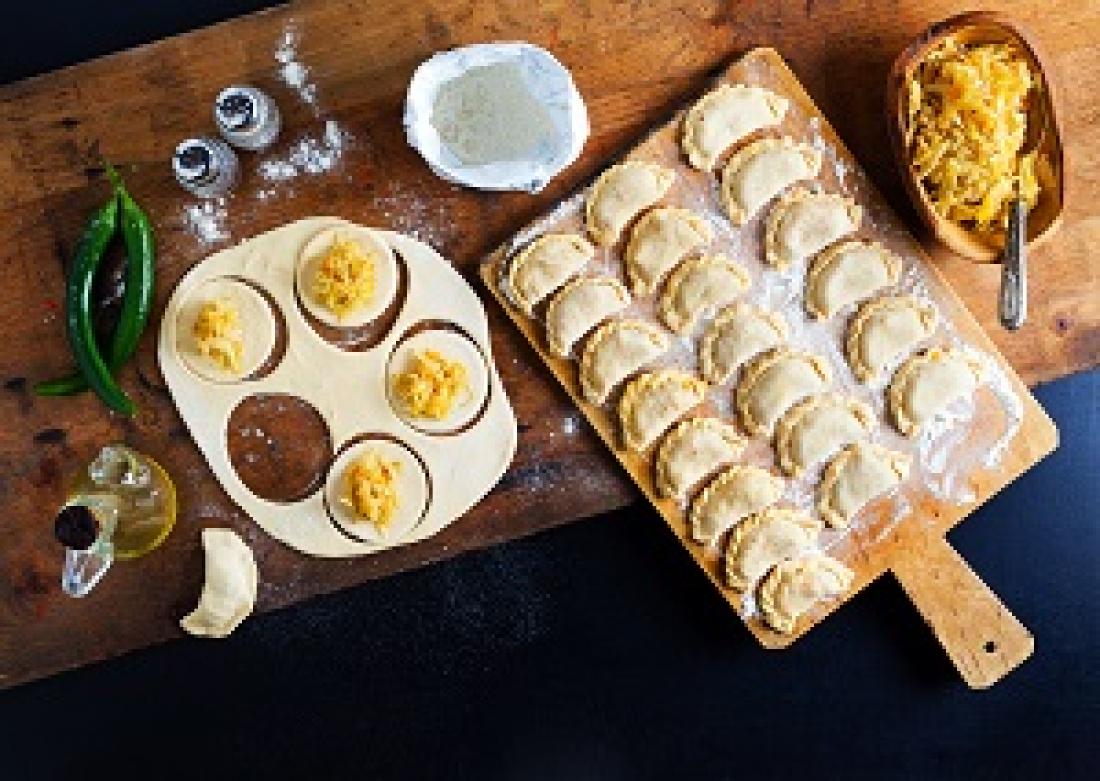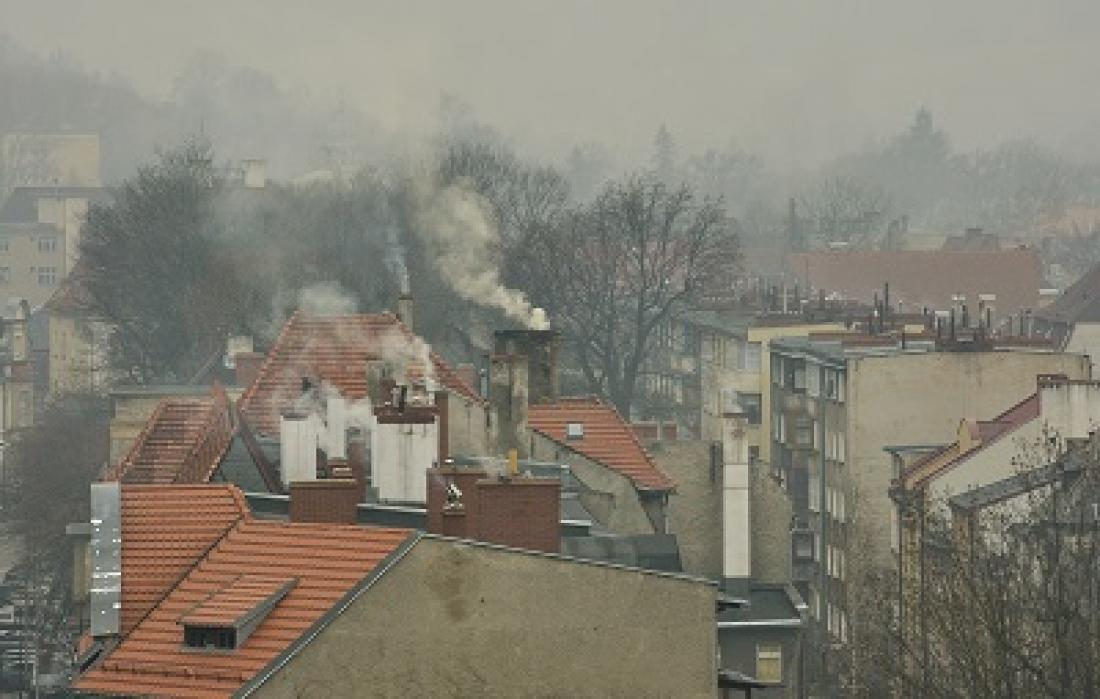Staying Warm During a Polish Winter
Having arrived in Poland during the dead of winter, just after the New Year, I was struggling to find ways to stay warm. Being a born and bred Southerner, I was not used to this kind of bone penetrating cold that is the norm for a Polish winter. Despite being armed with my fleece leggings, wool socks and faux—fur lined coat I still found myself looking for ways to defrost after a trek across the icy sidewalks and snowy grounds. So I decided to learn how the locals stay warm during these dark months. Let me tell you, the Poles know what’s up.
Alcohol. Specifically vodka. Alcohol is an excellent way to stay warm in cold climes. It is no accident that Northern Europe is known for its vodka, as it is a highly necessary beverage in such a cold climate. Once you put on that “beer jacket”, you won’t notice Jack Frost nipping at your nose, provided that you can even still feel your nose. Poland and Russia are in a heated rivalry over who first invented vodka, Poland claiming that the first mention of “wodka” occurred in Poland in 1405 and the famous Polish vodka brand, Zubrowka (a very tasty vodka, which I highly recommend), goes back to the year 1533. The Russians, meanwhile claim that vodka was invented in Russia in 1430 (follow this link for a fun video on the history of this debate). Either way, the word comes from the Slavic word for “water” and is ESSENTIAL to Polish life and an excellent way to keep warm during the long Polish winter.
If you want to learn to drink vodka like a Pole, learn to savor and enjoy your vodka (at least in polite company – you will find different, er… “methods” employed in Polish clubs and watering holes). A popular flavored, or infused, vodka is cherry or “wisniowka”. Soplica is a popular brand for this type of vodka and they carry many different flavors in addition to cherry. Wisniowka is more akin to a liqueur and is used in the “Polish flag” shot whereby they layer clear, traditional vodka atop the cherry in order to create a potent and flavorful shot that is sure to keep you warm and that looks like the Polish flag. Shots of vodka are added to other traditional Polish beverages, such as kompot, a non-alcoholic beverage made from fruit and spices. Try and enjoy! Na zdrowie!
If alcohol isn’t your thing, other beverages that are known to warm you up are the aforementioned kompot and herbata. Kompot is a beverage made by boiling down fruits, usually berries, apples or peaches, in large vats of water; spices such as vanilla and cinnamon are added, along with sugar and other sweeteners. Kompot is delicious served hot and can be found from the Balkans to Central Asia, where I first had it. Herbata is the Polish word for “tea” and is a very popular drink in Poland. Poles are very fond of piping hot, herbal tea infused or served with fruit, such as a slice of lemon or grapefruit, but not sugar or milk.
Another fail-safe babcia (Polish for “granny”) approved way to stay warm in the Polish winter months is to eat. Polish food is hearty and perfect for keeping warm, and packs the nutrition that you need to ward off illness. Remember that winters in Poland usually mean a lack of fresh produce, so eat like the locals in order to stay healthy. Some of my favorite Polish dishes are the world-famous pierogie, zurek, bigos and golabki.
Pierogie, as you most likely know, are Polish dumplings. They can be sweet or savory and eaten any time during the day. The sweet pierogie are usually stuffed with sweet farmer’s cheese and served with berry preserves, while the savory ones are traditionally stuffed with cheese, mushrooms, beef, potatoes, cabbage or some combination of the above. The can be fried or boiled, usually served with butter and sour cream. Due to their versatility, pierogie are universally adored and can be found in most grocery stores in the United States.
While zurek, or barszcz bialy (white borsch), varies from region to region, it is a fermented soup made from soured rye flour, meat (usually a pork sausage) and oftentimes a hardboiled egg. Perfect for winter. Another hearty Polish dish is bigos. Bigos is similar to a stew, it is made from sauerkraut, shredded cabbage and various meats. This dish is a favorite across Central and Eastern Europe with each family having their own variation. Golabki, or stuffed cabbage rolls, is another well-known dish that is quite popular in Poland and around the world. The Polish-style of stuffed cabbage rolls is made from boiled cabbage leaves which are then stuffed with minced pork or beef, chopped onion and rice or barley. Golabki are usually eaten during celebrations, such as weddings or Christmas.
Finally, in order to stay warm, stay wrapped up! While it is common to see Americans attempting to brave the cold in shorts and flip flops, Poles keep their winter coats, scarves, caps and boots on throughout winter and spring (typically November to April). The best advice that I can give is to dress in layers as most Polish homes and public buildings will be kept very warm. Babcii (plural for “grannies”) will scold you if you dare venture outdoors without at least a jacket and a covered head, not to mention their need to cover you in sweaters and blankets whilst indoors. One can always find a coat room near the entrance of a building to stash ones outerwear while at work or shopping – just don’t go outside without your layers!
My final pieces of advice have less to do with staying warm and more to do with some lesser-known hazards of the Polish winter: air pollution and the short daylight hours. In January, when I arrived, sunlight was from around 10am until 4pm – very short. While that means extended daylight hours in the summer, it also means that it is very easy to fall victim to seasonal affective disorder. So be sure to find things to do to enjoy yourself and pass the time.
On an even darker note, Polish cities suffer greatly from air pollution which only worsens in the winter as peoples’ furnaces (overwhelmingly heated by low-quality coal and trash) work over time to keep the people warm. According to the World Health Organization, Poland is home to 33 of Europe’s 50 most-polluted towns. The smog is so bad that it can obstruct not only your view, but also your air passages. Tens of thousands of Poles die annually from illnesses related to poor air quality, so this is not to be taken lightly. I myself experienced severe breathing problems as a result of the pollution. Again, follow the locals and get an anti-smog breathing mask or cover your nose and mouth with your scarf while outdoors.
Poland is an immensely beautiful country with delicious foods, good drink and scolding grannies who are just looking out for your best interests. I hope this helps keep you warm, safe and healthy on your travels!
Sources:
Nabridalik, M., & Santora, M. (2018, April 22). Smothered by Smog, Polish Cities Rank Among Europe's Dirtiest. New York Times. Retrieved September 5, 2018, from https://www.nytimes.com/2018/04/22/world/europe/poland-pollution.html.
Coelho, C., Grojec, W., & Shamanska, A. (2017, December 29). Who Invented Vodka. Retrieved September 5, 2018, from https://www.rferl.org/a/who-invented-vodka/28946217.html.




